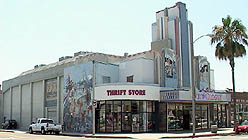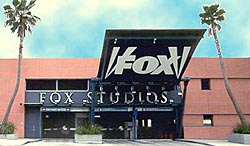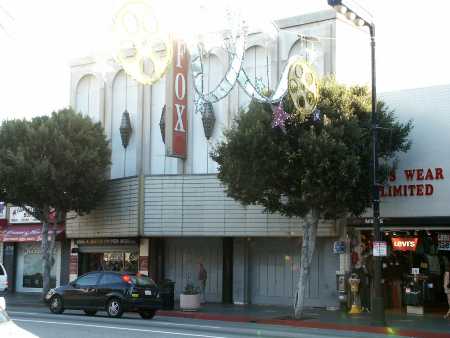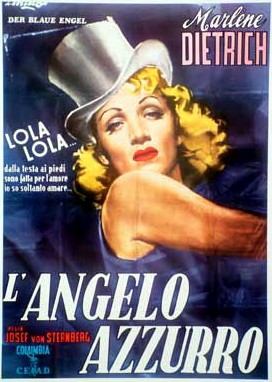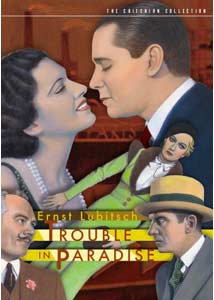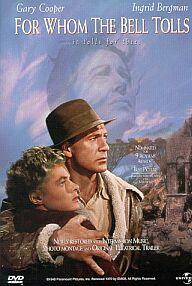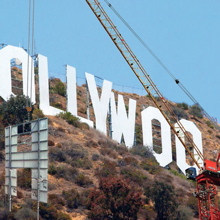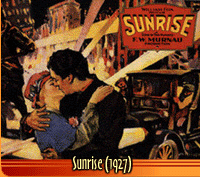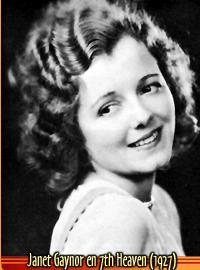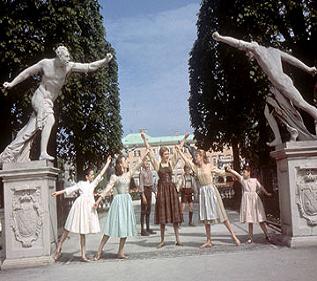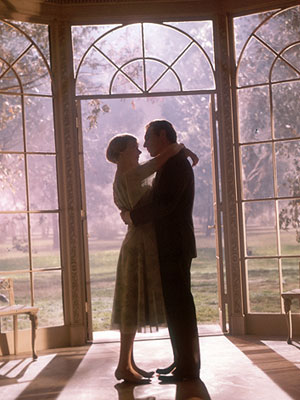 | XX Century Fox, Universal City, Paramount and anothers |
|
XX Century Fox |
|
XX Century Fox |
|
|
|
|
|
|
|
|
|
|
Sound of Music |
|
XX Century Fox:
William Fox (from Edison Trust)
1929 - Fox acquires Loew''s
Fox theaters on Western US - 500 theaters (more in Hollywood an d Santa barbara)
1930 - Fox forsed out on time of Great Depression.
1935 - 20th centure
Joseph Schenk Darriel F. Zanuck collected films.
The Great Depression was terrible. Many studios falled. But the president of company J.Schenck make more money.
1933 - Chaplin in position.
1935 - young guys make money - Fox created young stars from beautiful young people.
Fox Stars:
Theda Bara and Tom Mix, Janet Gaynor, Will Roders, Shirles Temple, Tyrone Power, Betty Grable, Cliffton Webb, Marilyn Manroe, Henry King, John Ford, Otto Preminger, Joseph L. Markiewicz, Nunrally Johnson, Philip Dunne.
Films:
1915 - A Fool There Was
1926 - What Price Glory
1927 -Sunrise
1927 -7th Heaven
1935 - Steamboat Round the Bend
1939 - Young Mr. Lincoln
1945 - How Green Way My Valley
1944 - Laura
1946 - My Darling Clementine
1965 - Sound of Music
1977 - Star Wars
Universal City - low and big buget films, cerials - opposite of Paramount
Carl Laemmle/IMP
1914 - Universal City L.A.
Carl Laemmle Jr.
1936 - Standart Capital
Universal monsters
James Whale
Film -The Phantom of the Opera
Lon Chaney, Bela Lugosi, Boris Karloff, Lon Chaney Jr., Deanna Durbin, Abbott&Costello, Flash Gordon.
Paramount
1912 - Famous Players
1913 - Hadkinson&Paramount
1915 - Adolph Zukor F.P.&Paramount
Theaters in Chicago, South, New England, Canada - 1000.
1933 - Receivershop
President Barney Balabar 1936-64, studio boss Frank Freeman.
95% distributors in America, controls 50% theaters. High buget films.
Many Hollywood companies was very conservative. But they make mush money. It''re N.Y Theaters and westerns companies, and romantic films.
Paramount has a camerabuilding in North Hollywood, administrative building, all kind of service, 6000 emplouees a day, police, barmen, some studios have electrical power, studio personal. In 1960-70 - Glendel, oddition property like a rancho (Paramount Rancho in Burbank, Weststreet, Vally for western area. Boss was responsibiled for contracts (severel times every day)Superhigh salary. 50 films/year, own store department in N.Y and London, star system - 7 years contract. Production contract for every year. Keep contract, cancel contract. In Hollywood star salary 5000 per week. They try to keep stars happy, entuziastic to rise. Every studios of Paramount had stars, make up , costum specialists. Yang beauty people, who was talanted had a lot of money. Studio train about how do a star. Different movies. Studio was a value for person. There was a system of work: musicians, dancers, promotion studio stars,big bands - different people. How Hollywood sistem works in classic era.
Paramount producers:
Cecil B.De Mille, Ernest Lubitsh, Josef van Stenberg, Billy Wilder, Preston Sturges - hot mental orientation. Many europeans was very classic biggest buget films like a "Sunset Blvd" with excentric characters. 1940-45 - amazing!!!
Paramount''s famous players:
Mary Rickford, Rudolph Valentino, Marlene Dietrich, Gary Cooper, Mae West, Fred MacMurray, Alan Ladd, Bob Hope, Bing Crosby (singer and superstar).
Films:
1922 - The Covered Wagon
1930 - The Blue Angel
1932 - Trouble in Paradise
1932 - She Done Him Wrong - http://www.world-art.ru/cinema/cinema.php?id=12136
1943 - For Whom the Bell Tolls
1944 - Going my Way
1949 - Samson & Delida
1955 - Sunset Blvd.
1954 - Rear Window
1955 - The 10 Commandments
1958 - Verdigo
1958 - The God-father
the blue angel
(1930) - Sternberg''s style is firmly based in the chiarascuro of German expressionalism and full of teary eyed sentimentalism, such as the professor''s spiritual death in an empty classroom to the sound of a Glockenspiel playing the tune Ub Immer Treu und Redlichkeit (Always Practice Honesty and Loyalty). The story is a tragedy of social descent and self destruction. The film''s rituals and world famous poses, including the musical trademarks by Friedrich Hollaender, have long since been separated from their context; they are ornaments in the history of film - the beginning of the Marlene myth, perpetuated and celebrated by Dietrich herself until her death in 1922.
Trouble in Paradise is a timeless example of the "Lubitsch touch" (the term was coined by the press to describe the undeniable, indescribable spark of a Lubitsch picture), an endlessly enjoyable crime caper with classic romantic comedy trappings. The story is a twisty, lightweight yarn about professional thieves that predicted the popular screwball comedy formula of the latter 1930s. It''s true love at first sight when perky, blonde pickpocket Lily (Miriam Hopkins) meets suave master thief Gaston (Herbert Marshall) in Venice. Each is trying to pull a job on the other (both are in disguise as wealthy aristocrats), and when they discover their common occupations, they fall instantly into each other''s arms (and, we can assume, into bed, if Lubitsch''s sly use of fadeouts is any indication).
Soon enough, Lily and Gaston are a couple, working and living together. But times, they is tough, and things are bad for everyone during the depression, even criminals. Well, everyone except Mariette Colet (Kay Francis), the wealthy, widowed owner of a perfume company, who is more concerned about beauty than money, so much so that she shuns a plain handbag that costs 5000 francs as too expensive, but in an instant snatches up a gorgeous diamond encrusted purse for 125,000. Gaston steals it, only to return it when she offers a reward.
Gaston charms Mariette, convincing her that he is a "nouveau poor" business man on the rocks after the market crash. He talks business fairly well, and manages to trick her into hiring him as her secretary. He plans to rearrange her finances so that he can steal 850,000 from her (ever the gentlemen, though, he makes sure to increase her theft insurance first). The plan goes awry when Mariette begins to fall for him, attracting the ire of Lily (posing as Gaston''s secretary). Meanwhile, Gaston is attracting the suspicious attention of Mariette''s jealous suitors Filiba (Edward Everett Horton) and the Major (Charles Ruggles), and with good reasonЧFiliba was the man Gaston robbed on the night he and Lily met.
Critic and Lubitsch biographer Scott Eyman calls Trouble in Paradise the first of the truly great Hollywood romantic comedies, and one of the most influential pictures of the era. It''s easy to see why. The classic love triangle story, spiced up with a sly, European sexuality, would form the mold for countless screwball comedies in the 1930s and ''40s. Lubitsch, who co-wrote with Samson Raphaelson (based on the stage play by Aladar Laszlo), handles the rather airy and inconsequential plot with just the right amount of playfulness. Suggestion is preferred over overt sexuality, and Lubitsch loves to substitute visuals gags and metaphors for dirty jokes. The dialogue sparkles, and though it doesn''t crackle as it might in one of the great screwball comedies (say, His Girl Friday), characters still get to drop bon mots like "marriage is a mistake two people make together."
Lubitsch''s fluid direction and gliding camera lends the picture a palpable energy. Lead Herbert Marshall had a prosthetic leg, having lost the real one in the war, and the director uses his limp to his advantage, choosing simply to use quick cuts rather than to have Marshall slow down the comedic pace shuffling woodenly across the screen. From the famous establishing shot that reveals Venice via a "garbage gondola" to a madcap, farcical finale, Lubitsch is in top form.
Part of the Lubitsch touch comes from the way he handles his actors. Roger Ebert commented that actors, even minor names like Kay Frances and Miriam Hopkins, would shine in a Lubitsch film in ways they never would otherwise. Hopkins, who received top billing, despite her diminished role, is wonderfully broad as the brash Lily (who isn''t as good an actress as she is a pickpocket). Marshall and Frances are a winning pair; he in particular has suave sophistication down pat.
Trouble in Paradise was released in 1932, a year before the Hayes Production Code went into effect. Though it was a success, it was not re-released, as a picture about dashing criminals who get away scot-free amidst any number of suggestive sexual affairs would have been cut to shreds by the Hayes office. Perhaps that is why the film isn''t considered a classic outside of critics'' circles. Now is as good a time as any for it to be rediscovered by the general populace.
Continue about major studios
»з истории кинокомпаний:Columbia
»з истории кинокомпаний:Warner Bros
»з истории кинокомпаний: Paramount Picture
»з истории кинокомпаний: Universal City
